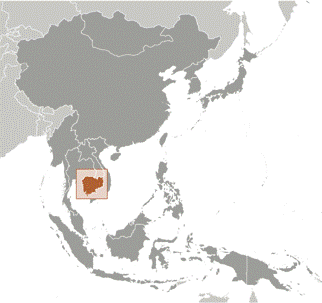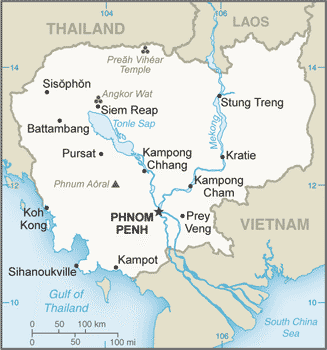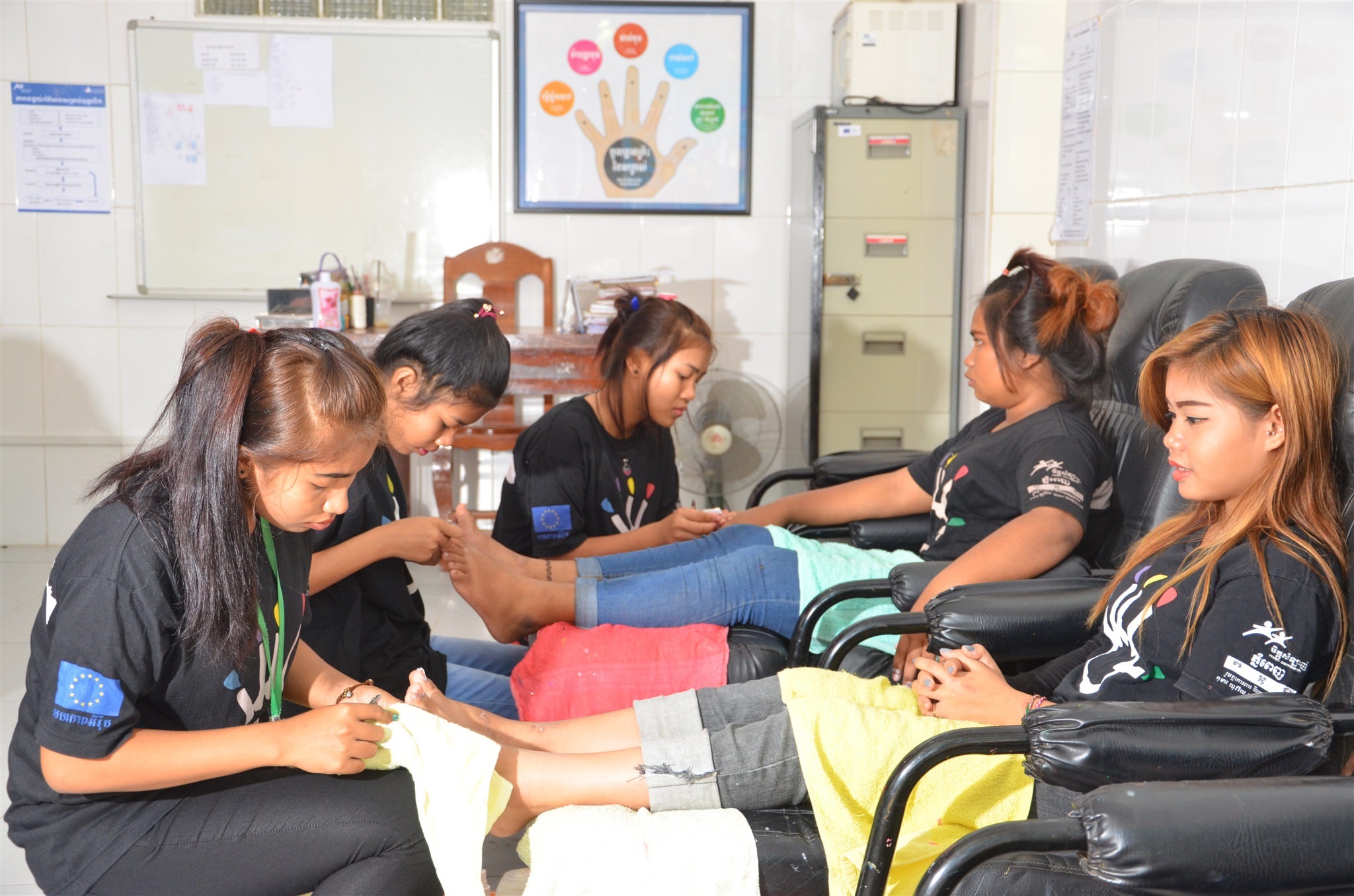
Mission
Mith Samlanh, (MS) meaning “good friends” in Khmer, works to protect the fundamental rights of urban marginalized children and support them to become productive, functional citizens. MS’s primary target group is children/youth aged 0-24, including those who are living/working on the streets or in slum communities, out-of-school, separated from caregivers, suffering from drug abuse or sickness, and victims of abuse, exploitation or trafficking.
Life Challenges of the Women Served
Although women represent the majority of Cambodia’s population, their ability to participate as equal partners in society is constrained. The prioritization of males in Cambodian culture is a key factor in the lack of skills among women and girls, and the abandonment of girls at orphanages. Faced with scarce resources, families tend to choose to educate boys instead of girls, as girls’ roles are mainly seen as taking care of the household. Under-prioritization also exposes girls to trauma that can hamper their development in the long-term. An example of this is the practice of virginity selling, in which poor families will sell the virginity of their daughters to foreign men who are willing to pay a high price for it.
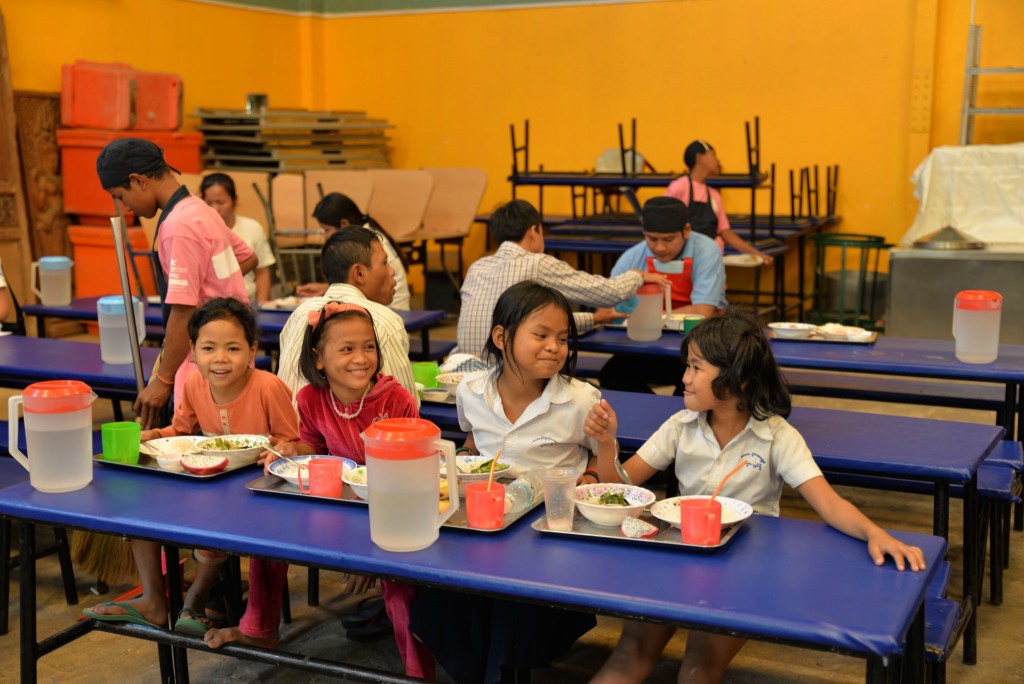 Mith Samlanh’s target groups are urban marginalized children (0-14), youth (15-24) and caregivers. These groups live on the street or in marginalized/slum communities in horrible conditions. They have very low income, living on an average of 70 cents a day. They have little to no education or skills, and often undertake undignified and unsafe work on the streets, such as begging, scavenging, petty crime and sex work. A significant proportion (40 percent) are migrants from rural areas searching for economic opportunity, showing that dangerous migration is a key factor in their marginalization. Surviving migration is often dependent upon having the right contacts. Without them, it is a chaotic and unpredictable process peppered with extreme risk.
Mith Samlanh’s target groups are urban marginalized children (0-14), youth (15-24) and caregivers. These groups live on the street or in marginalized/slum communities in horrible conditions. They have very low income, living on an average of 70 cents a day. They have little to no education or skills, and often undertake undignified and unsafe work on the streets, such as begging, scavenging, petty crime and sex work. A significant proportion (40 percent) are migrants from rural areas searching for economic opportunity, showing that dangerous migration is a key factor in their marginalization. Surviving migration is often dependent upon having the right contacts. Without them, it is a chaotic and unpredictable process peppered with extreme risk.
Mith Samlanh is located in Phnom Penh, Cambodia, home to a large number of marginalized girls who are vulnerable to the above risks. Phnom Penh’s marginalized communities are a quarter of a million people in all, 33 percent of whom are children and youth.
The 2015 Street Children Snapshot, conducted by nonprofit Friends-International, surveyed more than 2,000 street-living/working children in Phnom Penh. The survey revealed that almost 50 percent of street-involved children are female. Most are uneducated, unskilled and work in dangerous jobs. Those who live in long-term residential care are also at high-risk of abuse. According to UNICEF, Cambodia has 600 residential care institutions housing over 12,000 children.
The Project
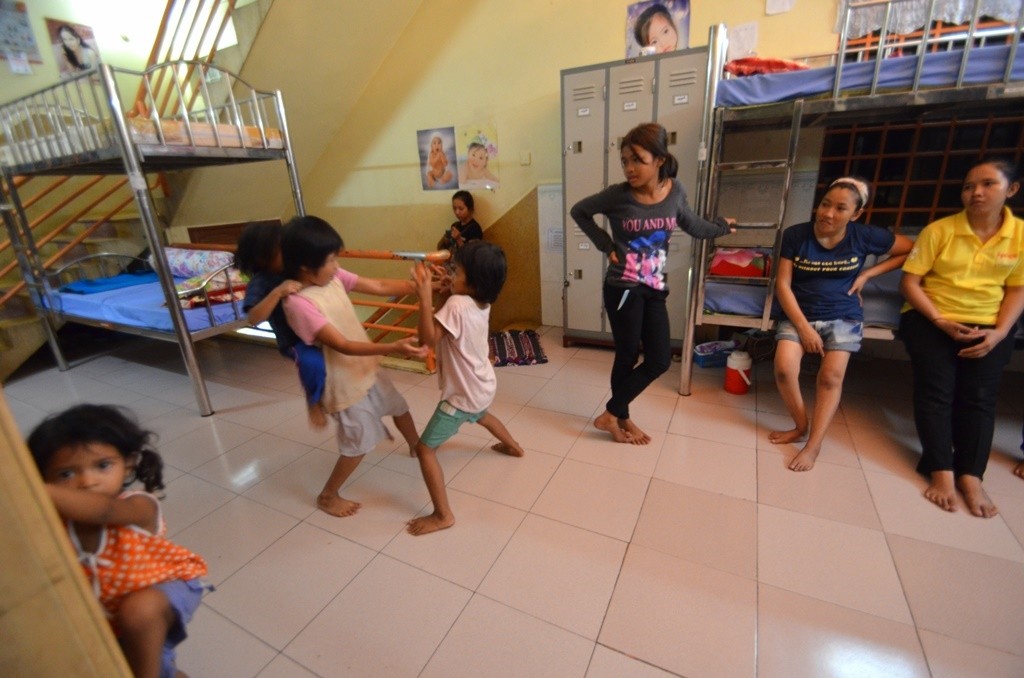 The project’s goal is to empower marginalized girls in Phnom Penh to secure their rights to family, education and employment. The project will directly benefit 120 urban marginalized female children and youth. This population lives on the street or in slum communities, or are former residents of exploitative orphanages, where care is often inadequate or impersonal.
The project’s goal is to empower marginalized girls in Phnom Penh to secure their rights to family, education and employment. The project will directly benefit 120 urban marginalized female children and youth. This population lives on the street or in slum communities, or are former residents of exploitative orphanages, where care is often inadequate or impersonal.
In response to the extreme urban poverty and separation from family environments faced by marginalized girls, Mith Samlanh offers short-term safe shelter arrangements for at-risk children and youth. The transitional home provides safe accommodation for children who are awaiting reintegration into family, while group homes provide short-term accommodation for youth, so they can attend vocational training courses.
The project’s transitional home facility is specifically designed for children who are separated from their caregivers. This includes girls who are living on the streets separated from their families, in marginalized communities, in prisons and in inadequate orphanages. The project’s group homes respond to the low levels of education and skills among marginalized girls and the lack of access they have to free-of-cost skills training opportunities.
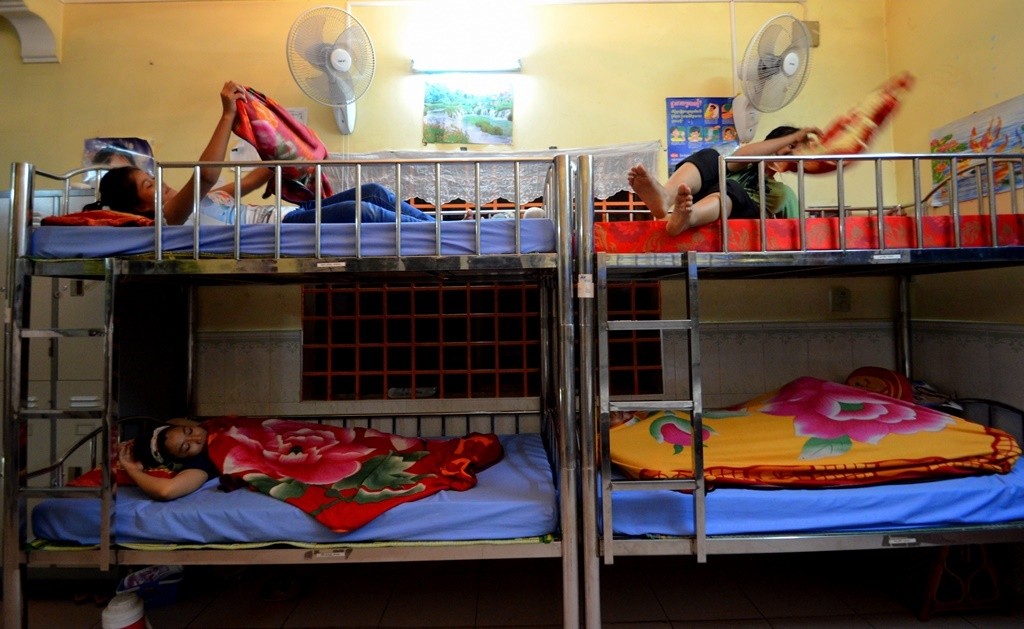 Girls who stay at the transitional home have access to education (for ages 6-14) and vocational training (for ages 15-24), often for the first time in their lives. Young children attend remedial classes at the MS Center, and can attend a local school when caught up with the national curriculum. Youth can attend training workshops in cooking, beauty, hairdressing or tailoring.
Girls who stay at the transitional home have access to education (for ages 6-14) and vocational training (for ages 15-24), often for the first time in their lives. Young children attend remedial classes at the MS Center, and can attend a local school when caught up with the national curriculum. Youth can attend training workshops in cooking, beauty, hairdressing or tailoring.
While beneficiaries attend courses, MS’s case managers work to reintegrate girls at the transitional home with family by tracing their family members, assessing family environments and preparing for the girls’ reintegration into a caring and stable family. Each year, the project reintegrates approximately 40 girls into families, which includes biological parents, extended family and foster care.
Self-sufficiency is built among the girls in the program by giving them responsibility for the management of the shelters. Girls are responsible for cleaning, deciding rules and electing representatives among themselves.
MS provides all girls with a personal case manager to assess their needs, provide psycho-social counseling and discuss pathways forward. Case managers maintain relationships with beneficiaries even after they have left the project by conducting follow-ups for at least one year.
In addition to the 120 direct beneficiaries, the project’s indirect beneficiaries are the girls’ caregivers, who will benefit from direct beneficiaries’ education and skills training. MS estimates there will be approximately 240 indirect beneficiaries.
Sustainable Development Goals
![]()
![]()
![]()
![]()
Questions for Discussion
- What role does gender equality play in the rehabilitation of street children?
- How important is the relationship maintained by case managers and the children?
- How does migration affect the lives and future prospects of street children?
How the Grant Will be Used
DFW’s donation of $50,000 for one year will help pay for personnel at the transitional home, including 50 percent of the salaries for an independent living manager, transitional home center manager and house parents. The donation will also help pay for the girls’ expenses, such as food, house utilities and rent, material support, clothing, medical costs and recreation materials.
The grant will specifically support:
- A portion of personnel expenses, including a manager of independent living, a transition home center manager and house parents
- Transportation and gasoline costs
- Phone cards for staff
- Material, food support and utilities for girls in independent living
- Food costs for the transition home
- Hygiene and recreation materials for the transition home
- Rent and utilities costs for the transition home center
Why We Love This Project/Organization
We love this project because of its focus on marginalized girls to secure their rights to education and employment while assisting them in their reintegration to their families. By providing transitional shelter and support services, Mith Samlanh is reducing the vulnerability of young girls to human trafficking.
Evidence of Success
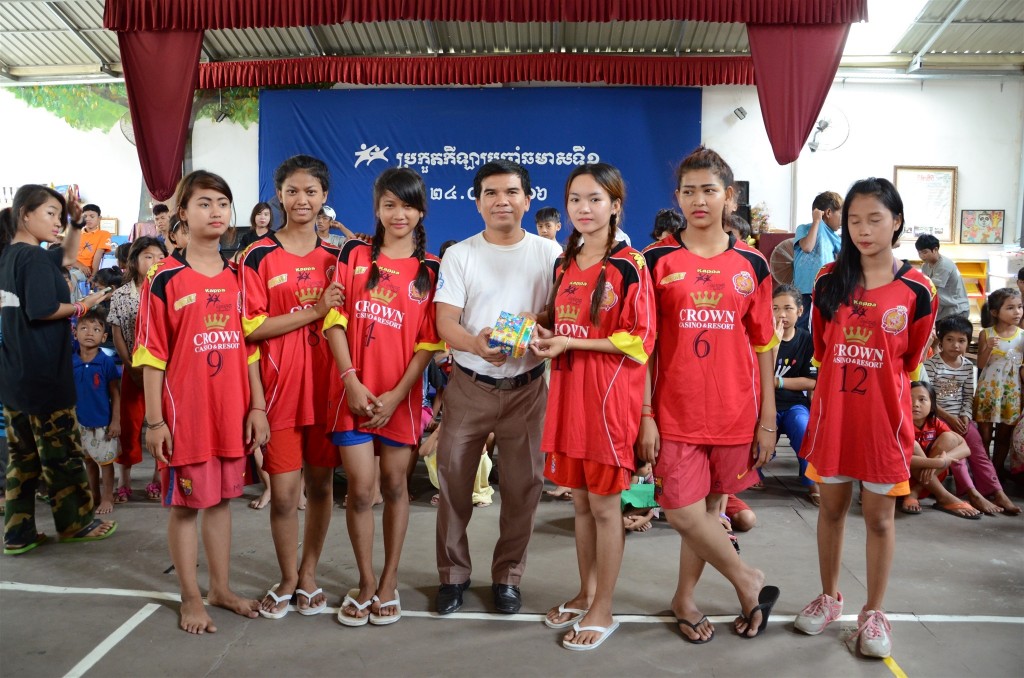 In 2015 MS provided safe lodging for 343 children and youths (106 female). The program provided vocational training for 548 youths (153 female) and reintegrated 862 children into school (419 female), providing free remedial classes, connecting them with a local school and providing school materials. MS works to ensure that more than 250 children a year benefit from a caring family environment (as opposed to institutional care or life on the streets). The total number of service actions for the year 2015 was 2,806,383 (923,982 female).
In 2015 MS provided safe lodging for 343 children and youths (106 female). The program provided vocational training for 548 youths (153 female) and reintegrated 862 children into school (419 female), providing free remedial classes, connecting them with a local school and providing school materials. MS works to ensure that more than 250 children a year benefit from a caring family environment (as opposed to institutional care or life on the streets). The total number of service actions for the year 2015 was 2,806,383 (923,982 female).
MS has won numerous awards for its work, including:
- 2011 Second Certificate for NGO Good Practice, Cooperation Committee for Cambodia
- 2010 Award of Excellence for Work on Drugs, National Authority for Combating Drugs
- 2007 Certificate for NGO Good Practice, Cooperation Committee for Cambodia
- 2005 Gold Medal for “National Building”, Royal Government of Cambodia
- 2003 Award of Excellence for Work with Street Children, Ministry of Social Affairs
Voices of the Girls
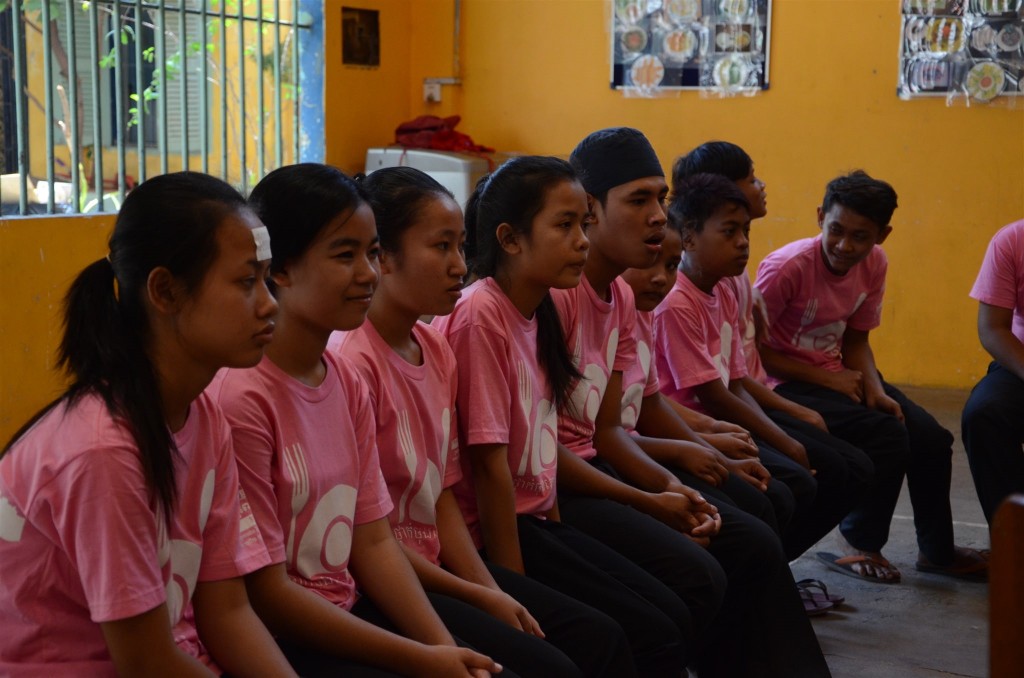 “I started to learn different things in here. And most importantly, Mith Samlanh has helped me to improve the way I live in the society including my morals and integrity.” – Cooking Student, 15
“I started to learn different things in here. And most importantly, Mith Samlanh has helped me to improve the way I live in the society including my morals and integrity.” – Cooking Student, 15
“I have never dreamed of having my own sewing shop, but since I started my training here, everything has changed. I think Mith Samlanh has given me a new hope.” – Sewing Student, 15
“I used to be a rebel daughter, my mother used to scold me a lot. Thanks to teachers here who have taught me how to behave as a good daughter. I love singing and especially the romantic songs.” – Sewing Student, 16
“I learn new things every day here. I am no longer hanging out uselessly and learn to value my time. And I love fiction story and rock music!” – Beauty Student, 17
“I have changed so much. I used to play a lot. But now I’m getting a skill with which I believe I can be a successful person in the future. One book that I like the most is, ‘Things to do to succeed.’” – Beauty Student, 21
About the Organization
Mith Samlanh was established in Phnom Penh in 1994 by Sebastien Marot. MS began as the organization Amis des Enfants and first received international recognition through AusAID, which provided its first significant funding. In 2002, Amis des Enfants was re-registered as the local Cambodian NGO Mith Samlanh, and since then has continued to expand its reach, now working in six zones of Phnom Penh and with 15,000 children, youth and caregivers annually.
Where They Work
Phnom Penh is the capital of Cambodia, with a population of 1.731 million (2015). The total population of Cambodia is nearly 16 million people. Cambodia is located in Southeastern Asia, bordering the Gulf of Thailand, between Thailand, Vietnam, and Laos, in an area slightly smaller than Oklahoma.
Cambodia has experienced strong economic growth over the last decade. Gross domestic product grew at an average annual rate of over 8 percent between 2000 and 2010, and at least 7 percent since 2011. The tourism, garment, construction and real estate, and agriculture sectors accounted for the bulk of growth. Around 600,000 people, the majority of whom are women, are employed in the garment and footwear sector. However, Cambodia continues to be one of the poorest countries in Asia. Long-term economic development remains a daunting challenge, inhibited by corruption, limited human resources, high income inequality and poor job prospects. As of 2012, approximately 2.66 million people live on less than $1.20 per day, and 37 percent of Cambodian children 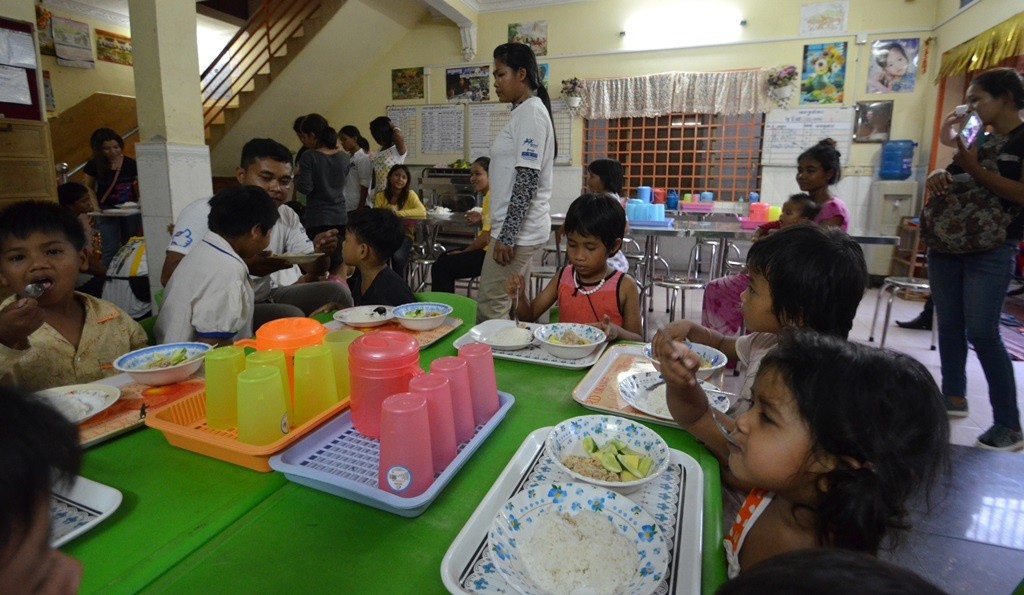 under the age of five suffer from chronic malnutrition. More than 50 percent of the population is less than 25 years old. The population lacks education and productive skills, particularly in the impoverished countryside, which also lacks basic infrastructure.
under the age of five suffer from chronic malnutrition. More than 50 percent of the population is less than 25 years old. The population lacks education and productive skills, particularly in the impoverished countryside, which also lacks basic infrastructure.
Life expectancy in Cambodia is 64.5 years, with a female life expectancy of 67.1 years (2016 est.), and a male life expectancy of 62 years. Mother’s mean age at birth in Cambodia is 22.9; with an infant mortality rate of 48.7/1,000 live births. The literacy rate (defined as age 15 and over that can read and write), is 77.2 percent for the total population, with a male literacy rate of 84.5 percent and a female literacy rate of 70.5 percent (2015 est.).
A Closer Look at the Pervasiveness and Struggles of Street Children
According to UN sources there are as many as 150 million street children in the world today. Various categories of street children exist. There are those who work on the streets as their only means of getting money, those who take refuge on the streets during the day but return to some form of family at night and those who permanently live on the street without a family network.
The phenomenon of street children is not new and neither is it restricted to certain geographical areas. In practice, every city in the world has some street children, including the biggest and richest cities of the industrialized world. There are many reasons why children end up on the street, including poverty, HIV/AIDS, drug abuse and migration.
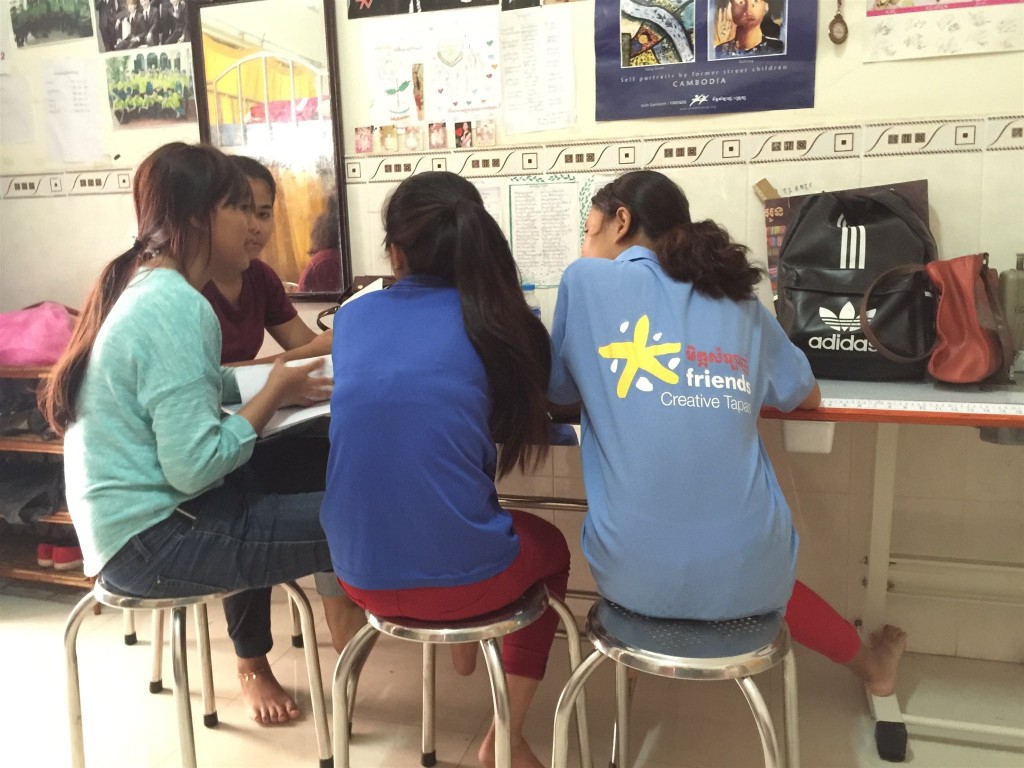 Whatever the reason these children are on the street, many are forced to eke out a living scavenging, begging and hawking. All are at risk from abuse and exploitation. In some cases, those who are entrusted to protect them become the perpetrators of crimes against them. Street children have been harassed or beaten by police and often find themselves in conflict with the law. Some have been rounded up, driven outside city limits and left there. Others have been murdered by vigilantes in the name of “cleaning up the city,” often with the complicity or disregard of local authorities.
Whatever the reason these children are on the street, many are forced to eke out a living scavenging, begging and hawking. All are at risk from abuse and exploitation. In some cases, those who are entrusted to protect them become the perpetrators of crimes against them. Street children have been harassed or beaten by police and often find themselves in conflict with the law. Some have been rounded up, driven outside city limits and left there. Others have been murdered by vigilantes in the name of “cleaning up the city,” often with the complicity or disregard of local authorities.
In Phnom Penh, Mith Samlanh’s geographic area of work, there are on a daily basis 1,000 – 1,500 street children who have completely cut ties with their families and have made the streets their home. According to figures accepted by UNICEF, there are 10,000 – 20,000 street children working on the streets who have kept ties with their families and return home either regularly or irregularly. Mith Samlanh estimates that there are between 500 and 1,500 children belonging to street living families. This figure fluctuates, depending on the situation in the provinces.
Without some form of basic education and economic training, the future is bleak for all street children and their life expectancy is sadly low.
Source Materials


